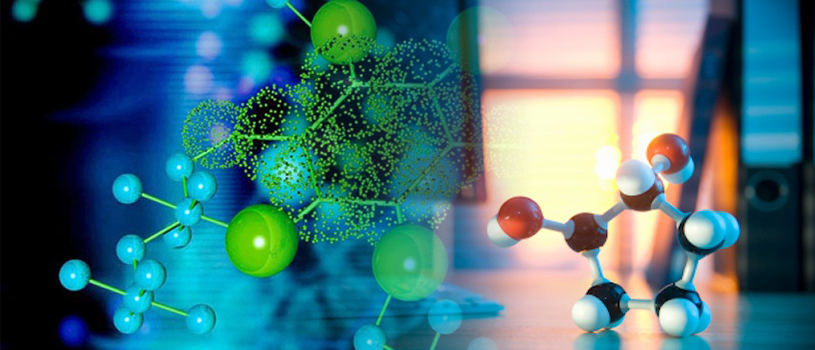
London-based company, Starship Technologies, has chosen Redwood City as the primary pilot city in the United States to launch its robot delivery services.
Moley Robotics is developing robotic arms that can cook recipes the way the chef intended. The Moley Kitchen can mimic the movements of famous chefs, allowing users to download recipes.

The first autonomous robots to deliver packages straight to your front door won’t be flying — they’ll be rolling around on six wheels.

Surgeons at John Radcliffe hospital have performed eye-surgery using a small robot operated by joystick. The procedure is the first of its kind.

AI speech sounds very robotic. this vastly being improved by WaveNet, Deepmind’s new AI that can mimic human speech. It is not perfect, but is 50% better than current technologies. In fact, the thing is so smart it can create its own music.

The future is here, or at least it is in China, where the largest second-generation robot restaurant is run by a small handful of humans and 15 robots.

The well known company is working hard to create an AI robot for use in the home, capable of not only assisting with daily tasks but also of building an emotional relationship with humans.

A team of researchers has demonstrated the first autonomous, untethered, entirely soft robot. This small, 3-D-printed robot - nicknamed the octobot - pave the way for a new generation of completely soft, autonomous machines.

Japanese scientists have developed a new humanoid robot that can move naturally by itself utilising embedded neural network. Robot Alter has a ‘human-like’ face and is powered by 42 pneumatic actuators and a central pattern generator.

Brain-like machines with human-like abilities to solve problems could become a reality, researchers say.

To make robots more cooperative and have them perform tasks in close proximity to humans, they must be softer and safer. A new actuator generates movements similar to those of skeletal muscles using vacuum power to automate soft, rubber beams.
Four sister robots built by NASA could be pioneers in the colonization of Mars, but first the 2-million-dollar robots are finding new homes on Earth.

A soft actuator using electrically controllable membranes could pave the way for machines that are no danger to humans.

Robots build cars, clean carpets, and answer phones, but would you trust one to decide how you should be treated in a rest home or a hospital?
A humanoid robot just explored its first shipwreck. The OceanOne, developed by a team at Stanford University, had its first real-world test recently when it surveyed the wreckage of La Lune, a 17th century ship that sunk near the southern coast of France.